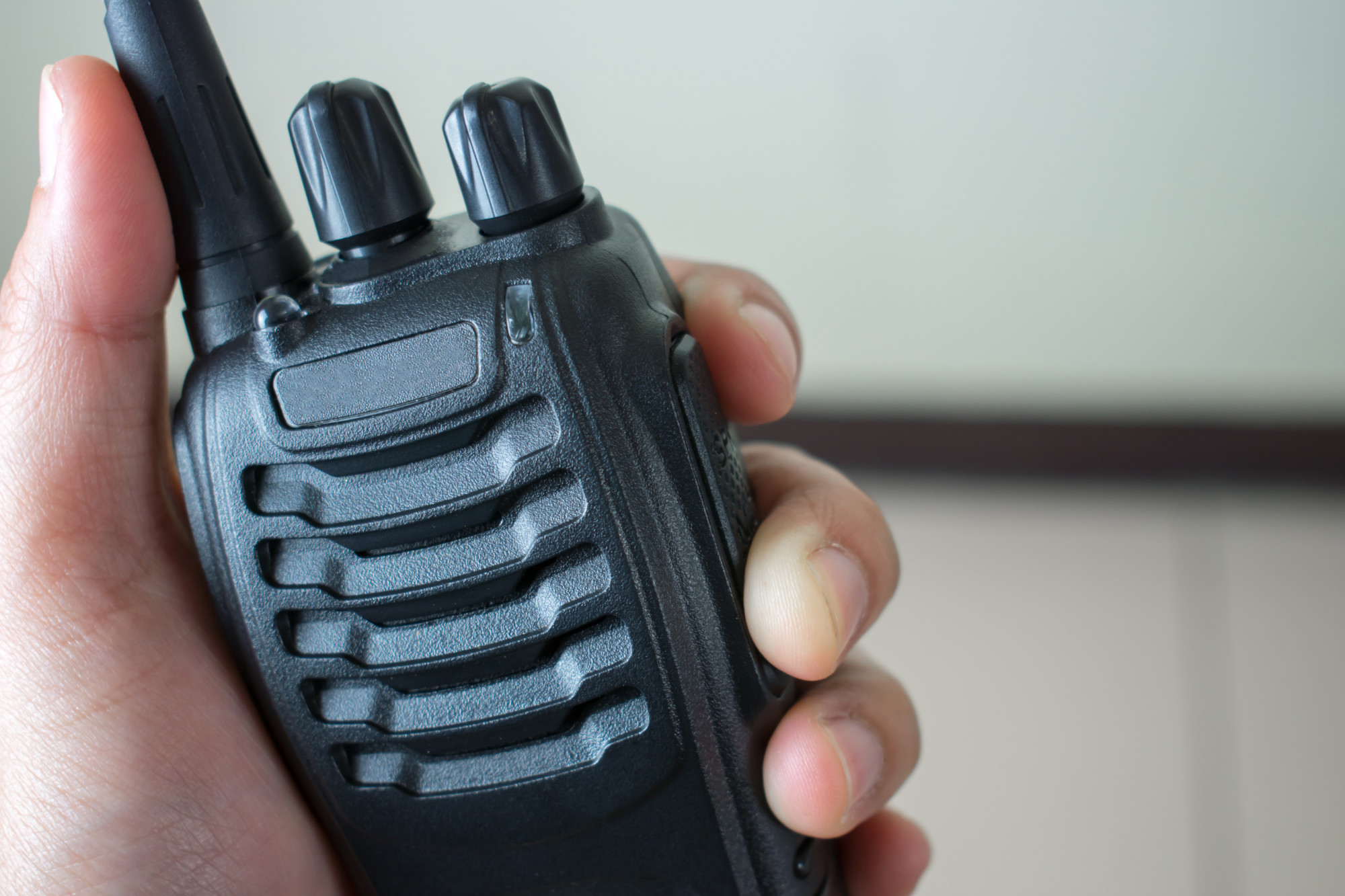Two-way radio communication is the backbone of our modern communications network. Without two-way radio communication, our digital phones would not exist. While everyone uses the crucial type of communication every day, no one really thinks about how it works.
How does this thing work? What’s the best radio system for you? Read on for a quick overview to help you understand two-way radio communication!
How Does It Work?
Radios work by piggybacking information on top of radio waves. For years, this was done by carrying an analog signal, in this instance, your voice, over a radio frequency. This works fine for carrying one voice across one channel, but not practical for larger groups.
Since then, when one two-way system took up the back of a squad car, we’ve advanced quite a bit to now using digital signals instead of analog. Digitizing the signal offers quite a few advantages. This includes the signal being much clearer, and you can now carry more than one conversation on the same frequency.
What Systems Are Available?
There are five main radio systems to choose from. The different systems are tiered for the type of customer and the size of the organization. The main differences in the systems lay in how many users they can accommodate.
Conventional is the most basic type of two-way systems. It works best for a small pool of users in a single location. Not practical for more than one-hundred and fifty people.
IP Site Connect works well for small to medium-sized businesses. The system can handle the same amount of people as a conventional system but employs both your existing data network and routers to connect multiple locations. The locations can be near or far, and your network will continue to operate normally.
Capacity Plus works for one-hundred or more users over disparate locations. The system uses the location’s repeaters and combines them into a single unit to manage traffic. This allows the system to re-assign users as the channels begin to fill up.
Linked Capacity Plus is essentially a multi-site upgrade to Capacity Plus for larger customers. IP Site Connect technology is used to bridge the sites together.
Capacity Max serves the largest enterprise-class customers. It offers the widest coverage and capacity. Its user base can number in the thousands, and be thousands of miles apart.
Features and Functionality
When it comes to business and safety, two-way radios may work better for your company than cell phones, such as the safety packages offered at BK Radios. The functionality they provide, GPS tracking, work order management, and indoor location tracking, are comparable to cell phones. In fact, an additional safety feature, Man Down, sends an automatic distress signal if the radio is face down for a certain amount of time.
Understanding Two-Way Radio Communication
Two-way radio communications can work to your advantage for your business. With its safety and work-related functionality, it should be considered seriously as an option. Especially as it is much cheaper than a cell phone plan for your entire company!
Enjoy this article? Then please take a look around our blog for more great articles!
